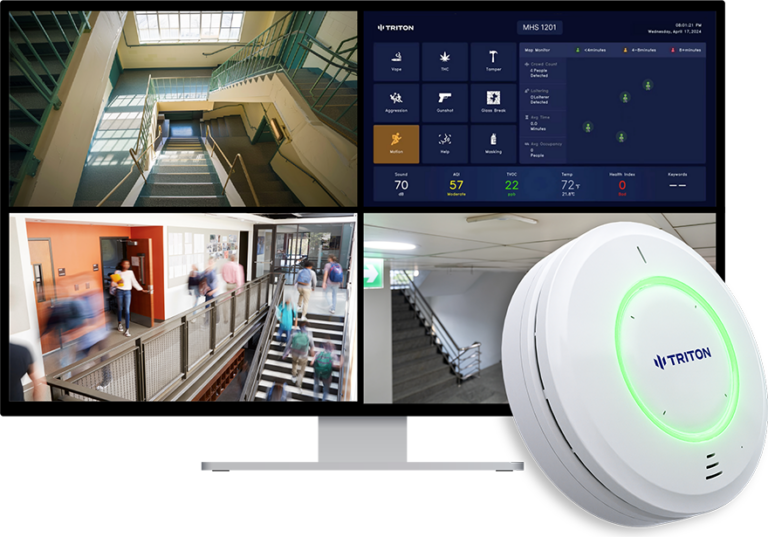The vaporization of schools was unstoppable not long ago. Students slipped into bathrooms between classes, where flavored nicotine and THC vapors left no trace. Teachers and administrators felt powerless until districts turned to an alternative method of protection which was the vape detector.
Schools across the nation are reporting major success stories that show how innovative technology can be when it comes to fighting the smoking epidemic.

A Case Study: Reducing Vaping by 83% in 10 weeks
Luling Independent School District faced an issue with the use of vape. Students continued to vape in spite of repeated warnings and a stricter policy. Traditional smoke alarms were useless against vapors, and the staff could not be everywhere at once.
The department tested a variety of vape detectors in March. The results were astonishing. In just five short weeks the number of vaping incidents had dropped dramatically. After ten weeks the amount of vaping was down by an impressive 83%.
The success of the program did not stop at numbers. Teachers reported less disruptions, and students knew that vaping shouldn’t go unnoticed.
Similar Results at Match Charter Schools
Match Charter Schools is another strong model. They fought to stop smoking in high and middle schools. They set up smoking alarms on vapes in the month of August and immediately saw improvements.
In December, just four months later, administrators had reported an 80% decline in the number of vaping incidents per week. Parents applauded the school’s tangible measures to protect their children. Teachers noted a reduction in hallway loitering as well the reduction in bathroom congestion.
Both districts are part of a trend that is growing. Schools that use vape detection have seen significant improvement in both behavior and security.
What are the factors that make vape detectors efficient?
This technology is the main reason for the results. Modern vape detectors can do more than simply detect vapour. They also keep track of conditions of the air, including occupancy levels as well as provide staff members real-time alerts. This means that managers don’t need to rely only on their intuition and post-fact reports.
In addition the fact that detectors have been designed with privacy in mind. No cameras. No audio recording. Accurate, instant data is all that’s needed to assist schools in making swift decisions without violating the rights of students.
This combination of effectiveness and compliance makes vape detectors one of the most practical safety tools schools can adopt today.
The Safety Net Goes Beyond Vaping
Many administrators are aware that detectors are more than the prevention of vaping. Modern systems detect loud noises and triggers that are linked to emergency situations, and vandalism attempts.
In the event that, for example, the group is seen to be slooting in a toilet the detector will detect an unusually high level of occupancy. If someone shouts distress words such as “help,” staff can be alerted immediately. In this manner, vape detectors for schools become part of a wider security plan that addresses both health risks and potential violence.
Parents and Boards are in support of Vape Detectors
Transparency is a sign of trustworthiness that is often not considered. The use of detectors in schools can provide reports that demonstrate clearly the trends in vaping. These reports are distributed to school boards, parents, and community members, providing evidence that concrete steps are being implemented.
Parents are receptive, particularly when they can get tangible results. Smoke detectors for vapes aren’t just being used to catch students, they’re also protecting their health. They help reinforce the message that vaping is not allowed at schools.
What you should take away The most effective path to take
Years ago, vaping seemed like an invisible war that schools would not be able to take on. However, case studies conducted by districts across the country show that it isn’t true. Utilizing a vape detector administrators can detect incidents immediately, discourage risky behavior, and provide safer spaces for their students.
The vaping epidemic may not be over yet but there’s some signs of a change. Schools that invest in vape detection technologies aren’t simply reacting to a problem they’re leading the way toward a healthier future for their students.
Conclusion
Technology is making an impact in schools from Texas all the way to Massachusetts. Modern vape detectors can do more than simply sound an alarm. They influence behavior, build trust and provide an effective solution to the largest health concern for students. In any school district that cares about safety Vape detectors in schools have become a norm. they’re the standard.